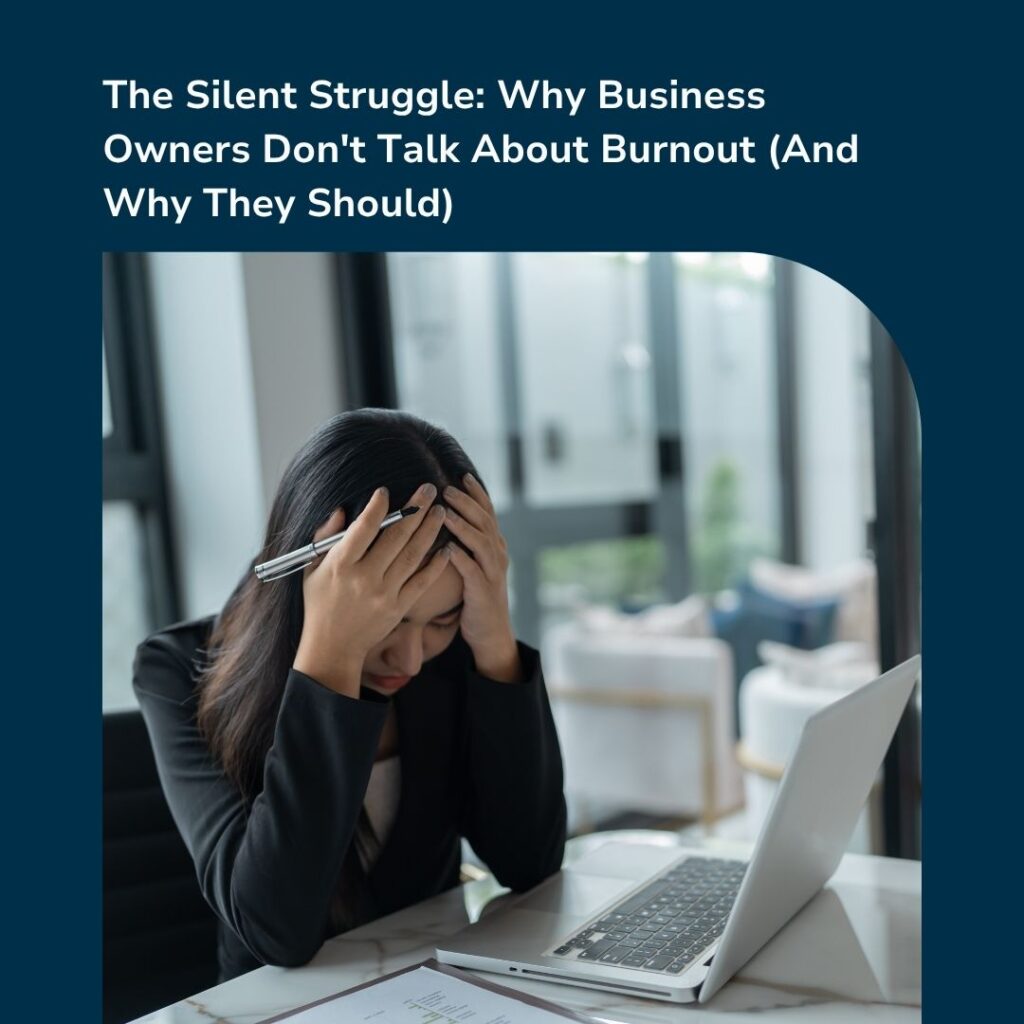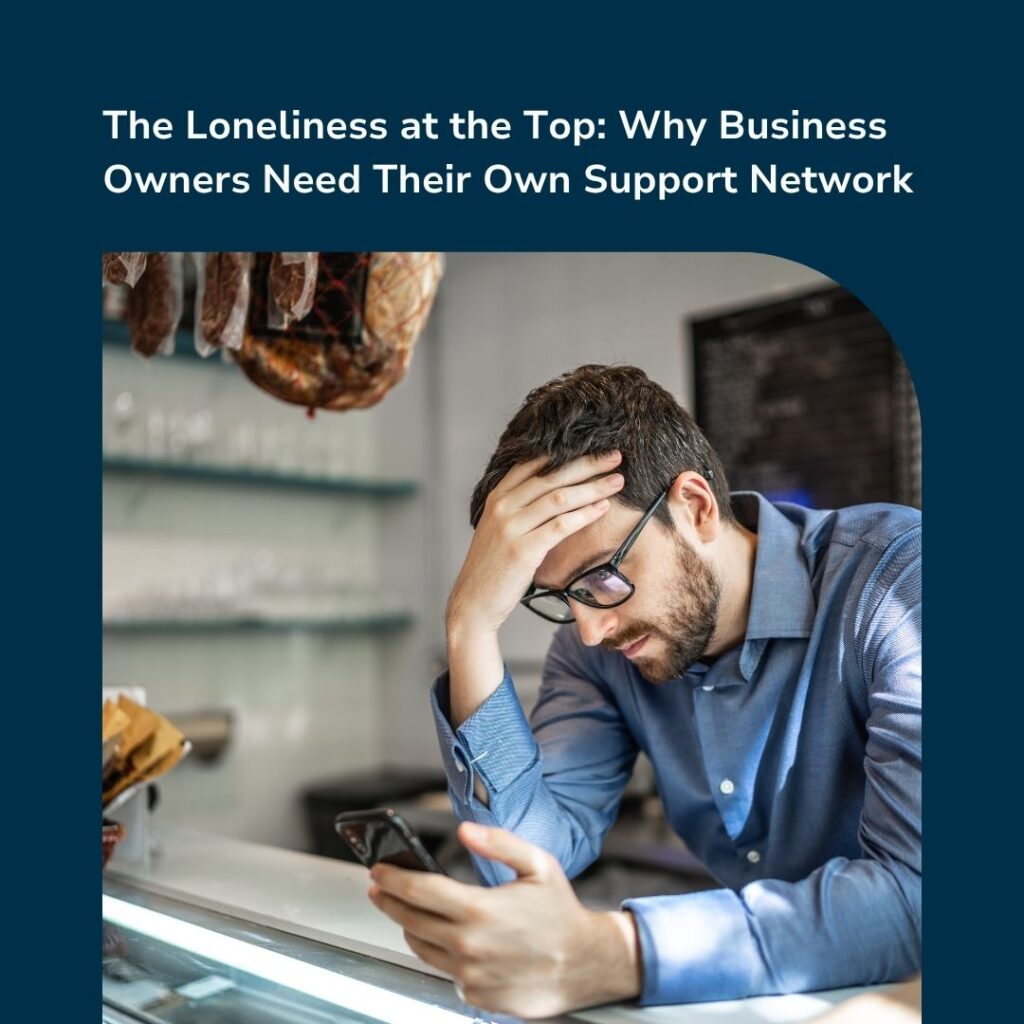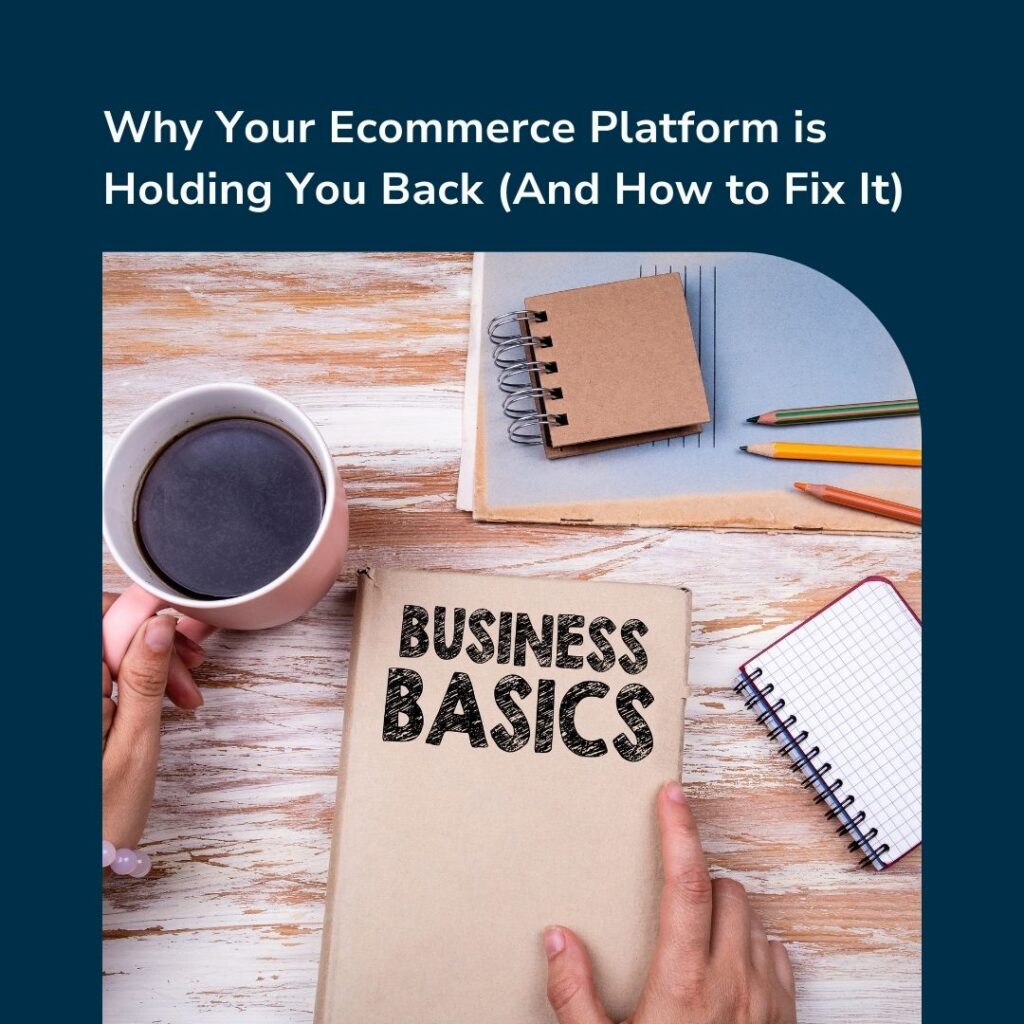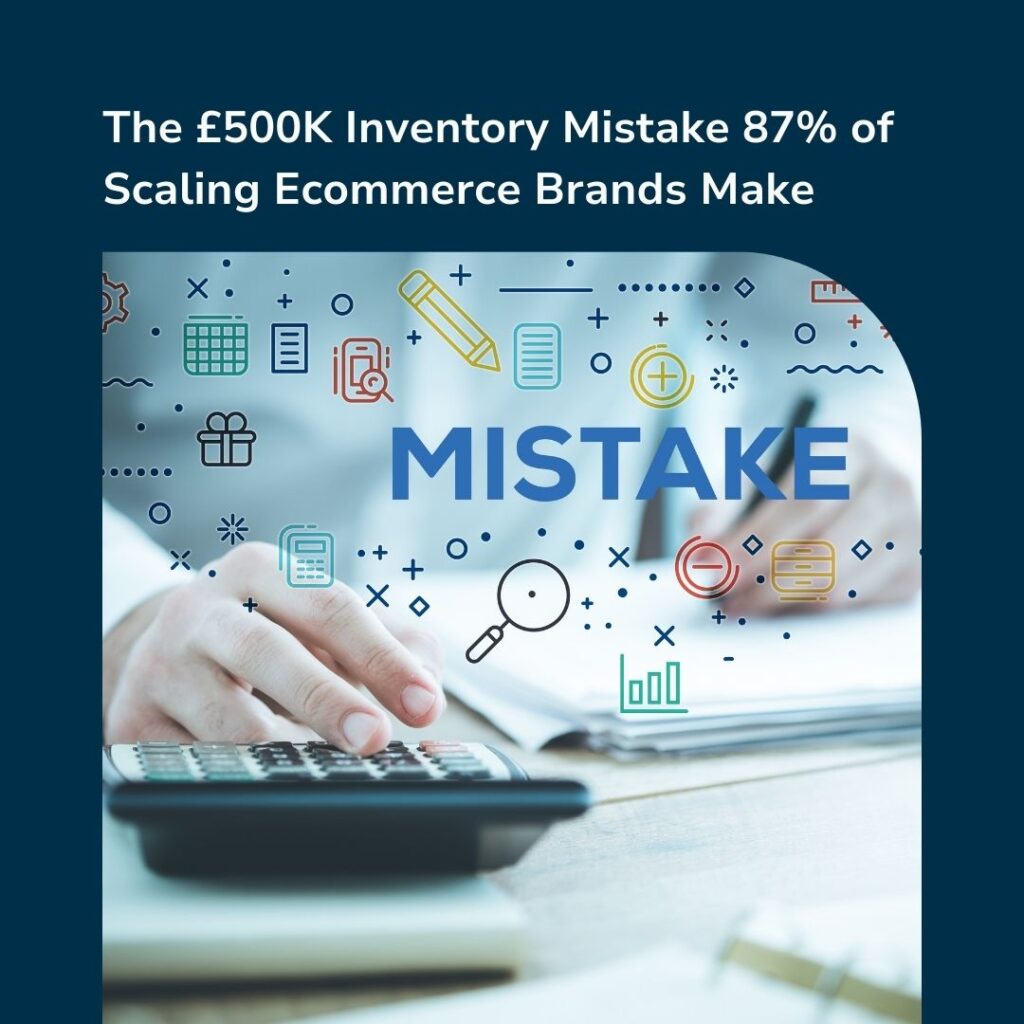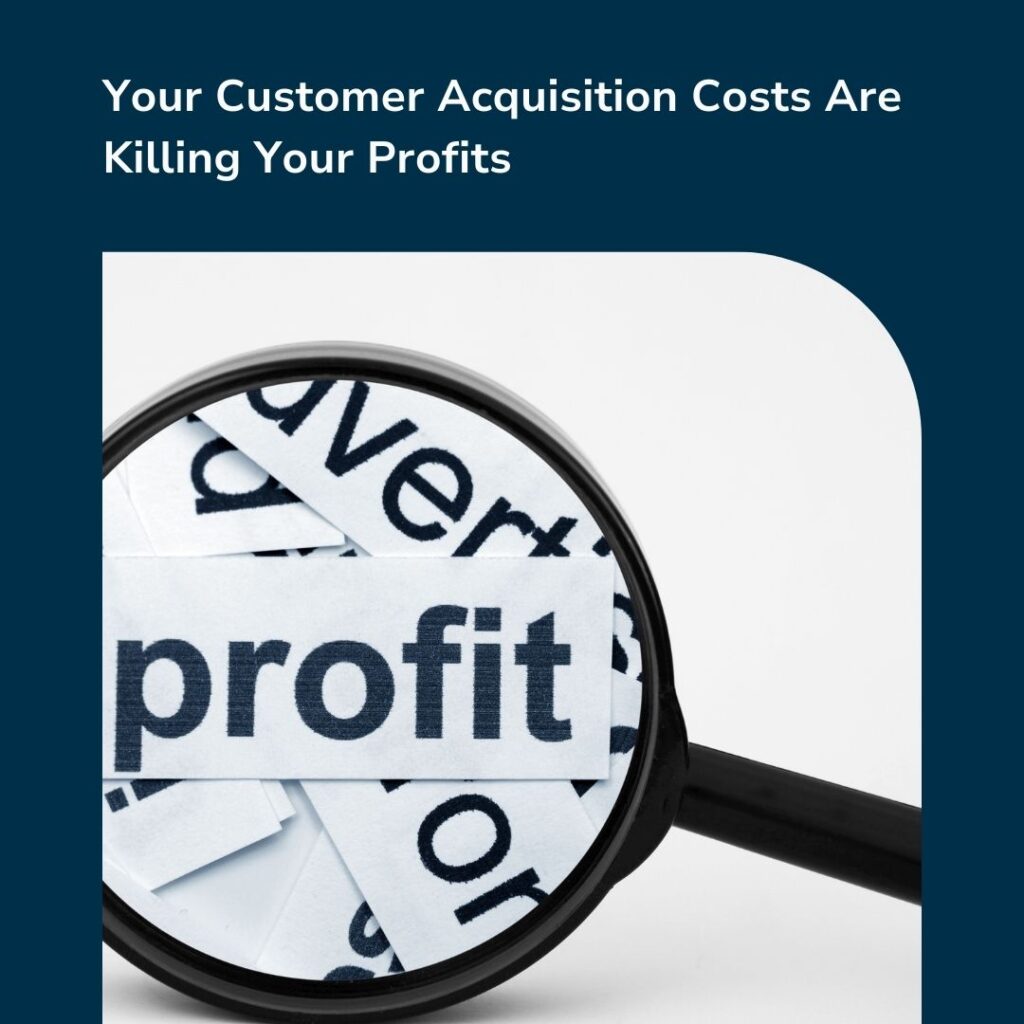When the economy shifts, uncertainty hits hard.
If you run a home improvement business—whether it’s kitchen remodels, landscaping, roofing, or renovations—you’ve probably felt it. A dip in consumer confidence. Delayed projects. More price-conscious customers. Less predictable revenue.
Economic downturns bring a wave of uncertainty, and for many business owners, one question rises to the top:
“How do I keep the business moving forward when customers are holding back?”
You’re not alone in asking that.
Home improvement services are essential—but they’re often seen as flexible or postponable during tighter financial times. And when that happens, it’s easy to pull back on marketing and go into survival mode.
But here’s the catch…
Marketing is often the first thing to go—and the thing that keeps you visible
When business slows, marketing budgets often take the first hit. It makes sense in the moment: cutting ad spend feels like a quick win. But in practice, reducing visibility when customer demand dips can create a longer-term impact that’s harder to bounce back from.
Especially in the home improvement industry, where:
- Projects often have a long decision cycle
- Customers spend time researching, reading reviews, and comparing options
- Staying top-of-mind means being consistently visible across channels
If your business disappears from local search results, paid ad placements, or social feeds during slow periods, your competitors won’t hesitate to fill that space.
So what can you do instead?
Here’s how successful home improvement businesses adapt their marketing in a downturn—without throwing good money after bad.
1. Shift from growth mode to trust-building mode
During economic uncertainty, customers aren’t necessarily saying “no”—they’re just saying “not yet.” That means your marketing should focus on building trust, not hard selling.
Content that educates, reassures, and shows real results becomes more powerful than ever. Highlight customer testimonials. Share cost-saving tips. Use your ad dollars to promote case studies or before-and-after visuals. Build the relationship now—so you’re their first call when they’re ready.
2. Lean into local targeting
Home improvement is local by nature. Now’s the time to double down on paid ads that speak directly to your area—Google Local Services Ads, Facebook radius targeting, or geo-specific landing pages.
These local marketing strategies help stretch your budget further and reach the homeowners who are most likely to convert.
3. Optimise for long-term ROI, not short-term wins
It might not be the moment for a high-volume, high-budget push. But it is the moment to get strategic.
Ask yourself:
- Are your paid ads bringing in qualified leads—or just clicks?
- Are you tracking conversion metrics that matter (calls, form submissions, quote requests)?
- Are your landing pages built to convert?
Downturns are the perfect time to tighten the funnel—less waste, more return.
4. Use the downtime to refine your digital foundation
If leads have slowed down, use the time to improve the infrastructure:
- Update your website and service pages for better SEO
- Improve your Google Business Profile for local search
- Collect and showcase more reviews
- Refine your email marketing or retargeting audiences
This kind of work pays off now and later—regardless of the economy.
Final thought: Visibility today, growth tomorrow
Economic slowdowns are tough, especially in an industry that relies on big-ticket, considered purchases like home improvement. But cutting back on visibility can create a bigger recovery gap when things turn around.
The most resilient businesses don’t disappear—they adapt.
They focus on quality over quantity. On trust over volume. On long-term brand building, even if leads aren’t flooding in today.
That’s how your home improvement business stays strong through the storm—and comes out stronger on the other side.
Need help navigating paid ads in a shifting economy?
We’re a small team that works with local and ecommerce businesses to make every marketing pound count. [No pressure—just insights.] Reach out if you want to talk strategy.


